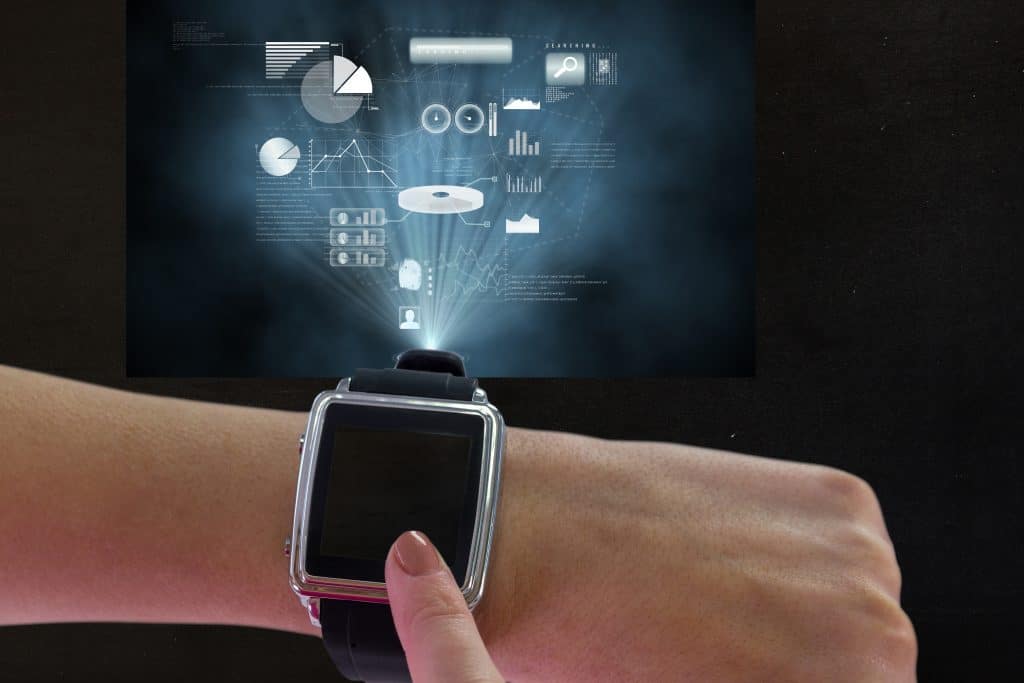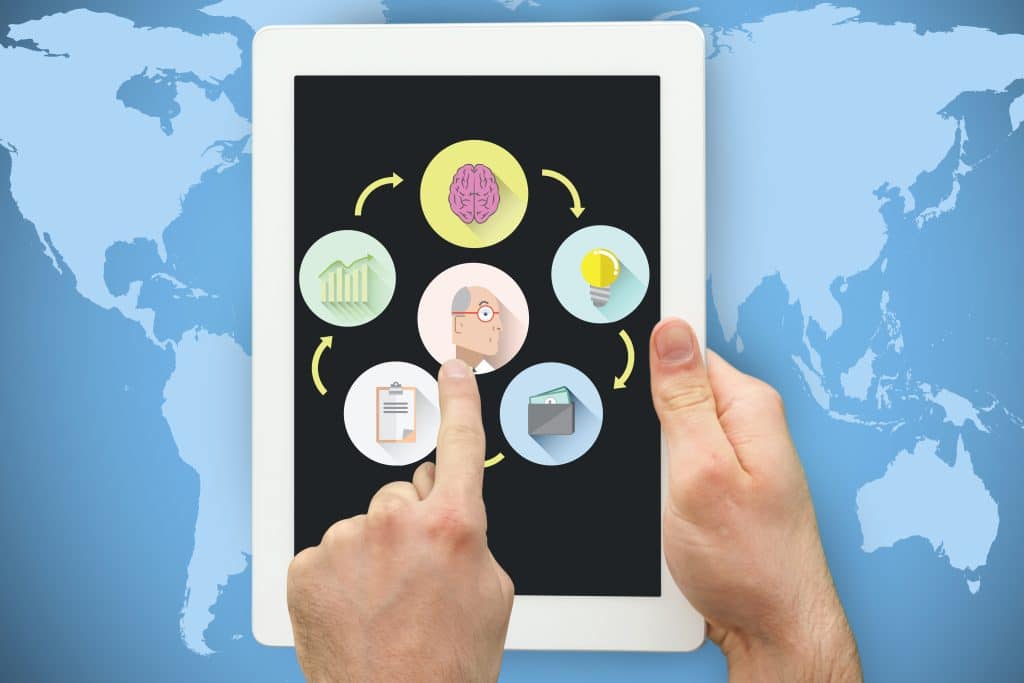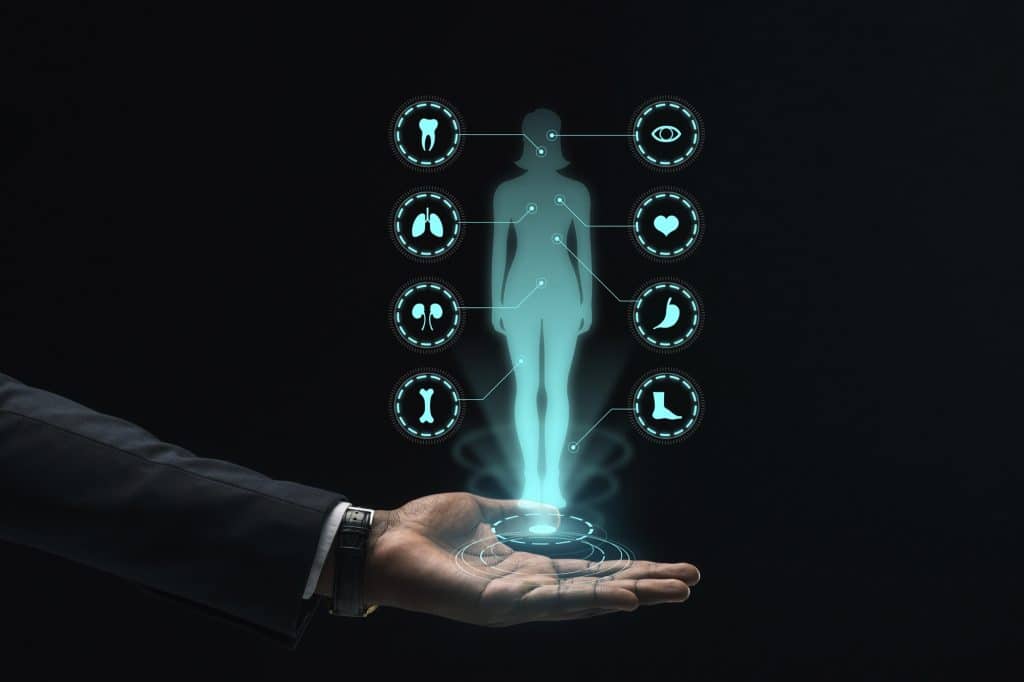The Future of Tech Apps: 10 Trends That Will Transform Our Lives

The Future of Tech Apps

Apps are no longer just tools on our phones—they have become essential companions in daily life. From managing money to monitoring health or shopping online, apps dominate our routines. But the future promises even more innovation. In 2025, tech apps will not only be smarter but also more integrated, invisible, and sustainable.
2. Artificial Intelligence Everywhere
![]()
Artificial Intelligence is no longer a futuristic concept—it is becoming the very backbone of the tech ecosystem. AI will no longer be an extra feature; instead, it will be embedded in every app, working quietly behind the scenes to make experiences smarter and more efficient.
Today, tools like ChatGPT, Gemini, and Copilot already support millions of users with writing, coding, brainstorming, and even managing emails. But by 2025, this level of tech innovation will reach an entirely new scale. Finance apps will not just track expenses; they will use AI to recommend personalized spending cuts and smarter investments. Fitness apps will go beyond generic workout plans, adapting routines in real time to match your energy levels, sleep quality, and health data. Productivity apps will anticipate tasks, remind you of deadlines, and even draft emails or presentations before you start typing.
The true power of AI lies in its invisible integration. Instead of opening a specific “AI app,” every tech application will include AI-driven features as part of its core experience. This will redefine user expectations: people will demand apps that not only respond to commands but also predict their needs.
In the future, invisible AI will turn ordinary apps into intelligent tech companions, capable of learning from user behavior, automating repetitive processes, and providing hyper-personalized guidance. This marks one of the biggest shifts in the tech industry, where AI evolves from a helpful assistant to an essential partner in daily digital life.
3. Augmented and Virtual Reality
With the arrival of devices like the Apple Vision Pro and advanced smart glasses, the tech industry is pushing apps beyond the limits of the smartphone screen. Augmented Reality (AR) and Virtual Reality (VR) are no longer just futuristic concepts—they are becoming practical tools that reshape how people shop, learn, and take care of their health.
In retail, AR tech apps will revolutionize the shopping experience by allowing customers to virtually try furniture, clothes, or even makeup before making a purchase. This not only reduces return rates but also makes online shopping more interactive and reliable. Imagine standing in your living room and using an app to see how a new sofa fits perfectly in your space—all powered by AR technology.
Education is another area that will see massive transformation. VR tech platforms will enable students to participate in immersive lessons, from exploring ancient civilizations to conducting virtual science experiments. This makes learning more engaging and accessible, especially for schools and institutions that lack physical resources.
Healthcare is also embracing this tech revolution. Doctors can use AR and VR simulations for training complex surgeries, while patients may attend consultations in virtual clinics. These innovations increase accessibility, reduce costs, and improve the quality of medical care worldwide.
👉 Ultimately, AR and VR will allow apps to merge the digital and physical worlds, turning them into powerful tech ecosystems that redefine daily experiences in shopping, learning, and healthcare.
4. Integration with Wearables and IoT

Apps are no longer confined to smartphones. With the rise of wearables and the Internet of Things (IoT), the tech landscape is evolving into a fully connected ecosystem where devices communicate seamlessly with one another. In this future, apps will not just live on your phone—they will be embedded in smartwatches, cars, household appliances, and even medical devices.
Imagine your smartwatch collecting vital health data—heart rate, sleep cycles, blood oxygen levels—and instantly syncing it with your doctor’s tech platform for real-time monitoring. This type of integration can revolutionize preventive healthcare by detecting early warning signs before serious issues arise.
In smart homes, apps will be the central hub of daily comfort. A tech-driven home app might automatically adjust the thermostat based on your body temperature, dim the lights as evening sets in, or optimize energy use to reduce electricity bills. For transportation, cars connected through IoT will rely on apps for navigation, predictive maintenance, and even automated driving assistance.
By 2025, apps will evolve into tech ecosystems that bridge devices across different categories. From wearables that track your well-being to IoT devices that streamline daily life, this interconnected future will deliver efficiency, personalization, and convenience at levels never seen before.
👉 The integration of wearables and IoT shows how apps are no longer isolated tools—they are becoming intelligent tech companions that connect every aspect of modern living.
5. Blockchain and Web3
The future of tech apps is deeply connected to the evolution of blockchain and Web3 technologies. Decentralized applications, also known as dApps, are no longer experimental—they are rapidly expanding into mainstream usage. These apps operate without central servers, giving users more control, ownership, and security over their data and transactions.
From crypto wallets that safeguard digital assets to NFT marketplaces that enable artists and creators to monetize their work, blockchain-powered platforms are transforming how we interact online. In finance, decentralized systems known as DeFi (Decentralized Finance) allow people to lend, borrow, and invest without relying on traditional banks. This marks one of the biggest shifts in the tech industry, where trust is moved from institutions to algorithms and smart contracts.
Traditional apps are also beginning to integrate Web3 features. For example, social media platforms are experimenting with blockchain verification for digital identities, while gaming apps are adopting play-to-earn models that use NFTs and crypto rewards. This blending of centralized and decentralized systems is reshaping the digital economy.
By 2025, tech applications that embrace blockchain will stand out for their transparency, security, and user empowerment. The line between Web2 (today’s centralized internet) and Web3 (the decentralized web) will blur, creating hybrid ecosystems that combine the convenience of traditional apps with the innovation of blockchain.
👉 Blockchain and Web3 are not just trends—they are building the foundation for a new generation of tech apps that put users at the center of the digital world.
6. Green and Sustainable Apps

Sustainability is no longer just a trend—it is a global demand, and the tech industry is responding by developing apps that actively support eco-friendly lifestyles. These green tech apps will help users measure and reduce their environmental impact, making sustainability more practical and accessible in everyday life.
For example, apps will allow people to monitor their carbon footprint in real time, tracking everything from transportation choices to energy use at home. Others will provide incentives, such as discounts or rewards, for using shared transport, reducing plastic consumption, or recycling properly. By turning eco-conscious actions into engaging digital experiences, tech applications can transform personal responsibility into collective impact.
Governments and corporations are also expected to play a major role in this transformation. Many will integrate green apps into their sustainability strategies, offering citizens and employees tools to track progress toward environmental goals. For instance, companies might encourage staff to use tech platforms that reward cycling to work instead of driving, while municipalities could integrate apps that gamify recycling and waste reduction.
By 2025, sustainability will be a core expectation rather than a bonus feature. Users will increasingly prefer apps that align with their values, and tech companies that fail to incorporate green features may fall behind.
👉 Green and sustainable tech apps represent the future of digital responsibility, showing how innovation and environmental awareness can work hand in hand to create a healthier planet.
7. Hyperpersonalized Tech Experiences
Thanks to AI and big data, the next generation of tech apps will adapt to each user’s unique behavior, creating experiences that feel tailor-made. Personalization will no longer be a luxury—it will be the foundation of how apps engage and retain their users.
Streaming platforms like Netflix already recommend shows and movies, but this is only the beginning of what hyperpersonalization can do in the tech world. Imagine finance apps that go beyond tracking spending and actively suggest savings goals based on your lifestyle, income, and long-term ambitions. Health and fitness apps will no longer deliver generic plans; instead, they will design meals, workouts, and wellness routines that adjust to your mood, sleep patterns, and energy levels in real time.
This level of personalization will be powered by tech ecosystems that combine AI, IoT, and predictive analytics. Your wearable devices, home assistants, and apps will all work together to anticipate needs before you even express them. For example, a tech-driven productivity app might automatically reschedule meetings if it detects fatigue from your health tracker, or a travel app could suggest trips aligned with your past preferences and budget.
👉 Hyperpersonalization will become the new standard, making tech apps smarter, more intuitive, and indispensable in everyday life. In 2025 and beyond, users will expect apps to understand them as well as (or even better than) they understand themselves.
8. Automation and Zero Interface in Tech Apps

The next generation of tech apps will not require constant taps, swipes, or manual commands. Instead, they will work quietly in the background, using automation and predictive intelligence to anticipate user needs. This evolution, known as the zero interface trend, is one of the most transformative shifts in the modern tech landscape.
Imagine a banking app that doesn’t just remind you of due dates but automatically pays recurring bills, reallocates savings into investments, and alerts you only when action is truly required. Mobility apps will learn your daily routine—knowing when you leave for work or return home—and will automatically schedule rides or suggest the most efficient routes, eliminating the need for constant input.
This approach reflects how tech applications are evolving from being tools that respond to user commands into proactive digital assistants. By learning from patterns, behaviors, and contextual data (like location, time of day, or even health metrics), these apps will deliver services before the user even realizes the need.
For example, a tech-driven smart home app could lower the blinds, adjust the thermostat, and start the coffee machine the moment your alarm goes off. Similarly, a productivity app could reschedule meetings if it detects overlapping tasks or travel delays.
9. Privacy and Security First in Tech Apps
As tech apps become more advanced and handle growing amounts of personal data, privacy and security are no longer optional—they are decisive factors that will determine whether users trust or abandon a platform. In a digital world where sensitive information such as banking details, medical history, and personal communications flows through apps every day, security must be built into the very foundation of modern tech solutions.
Encrypted messaging apps like Signal have already set the standard for secure communication, while privacy-focused services like Proton Mail demonstrate how transparency and strong encryption can win user loyalty. These tools highlight a growing shift in the tech industry, where consumers actively seek platforms that prioritize their safety over aggressive data collection.
By 2025, users will expect tech applications to go beyond basic compliance with regulations like GDPR. They will demand apps that provide end-to-end encryption, biometric authentication, decentralized storage, and transparent data policies. Any app that fails to deliver these protections risks quickly losing relevance, no matter how innovative its features may be.
The rise of blockchain and decentralized models further supports this trend, offering a path toward tech ecosystems where users maintain ownership of their data. This move toward decentralization aligns with the increasing demand for digital autonomy and accountability.
👉 In the future, only the tech apps that combine convenience with uncompromising security will survive. Privacy-first innovation will no longer be a competitive edge—it will be the baseline expectation in the digital marketplace.
10. The Creator Economy and Tech Apps

In the digital era, content creation has become one of the fastest-growing industries, and tech apps are at the heart of this movement. Apps that empower creators—writers, musicians, influencers, educators, and independent entrepreneurs—are no longer side projects; they are becoming billion-dollar ecosystems. Platforms like Patreon, TikTok, and Substack have already revolutionized how individuals monetize their creativity, giving them the tools to connect directly with their audiences and build sustainable income streams.
The future of the creator economy will be shaped by apps that go beyond simple publishing or posting features. We are moving toward integrated tech platforms that combine content creation, monetization, and community-building all in one place. Imagine a single app where a creator can write, stream, sell digital products, host courses, and directly interact with fans—without needing to jump across multiple services.
This shift reflects a larger transformation in the tech landscape: power is moving away from traditional media and centralized corporations and into the hands of individual creators. Apps are becoming digital marketplaces where creators set their own rules, retain ownership of their work, and capture more of the value they generate.
In 2025 and beyond, the most successful tech apps will be those that help creators not only earn money but also grow their personal brands and nurture loyal communities. By reducing barriers and providing integrated tools, these apps will fuel the expansion of the global creator economy, giving millions of people the opportunity to turn passion into profession.
👉 The rise of the creator economy shows how tech apps are not just shaping industries—they are reshaping society by giving individuals more control over their careers, content, and financial independence.
Conclusion
The future of tech apps in 2025 will be shaped by super-apps, invisible AI, AR/VR, Web3, sustainability, and hyperpersonalization. For developers, entrepreneurs, and users, understanding these trends is key to staying ahead. The apps of tomorrow will not just be tools—they will be intelligent, sustainable, and deeply integrated into everyday life.





